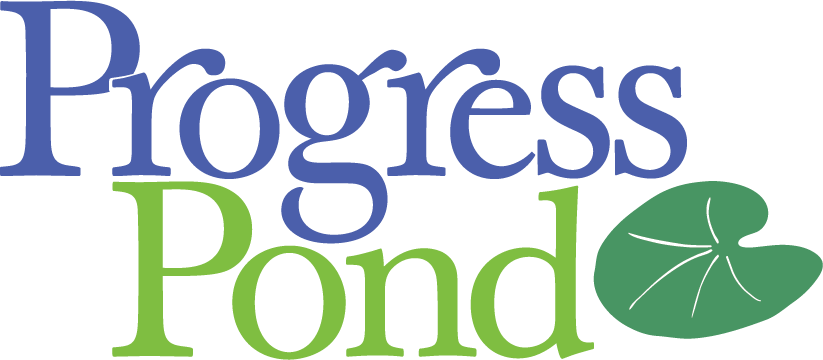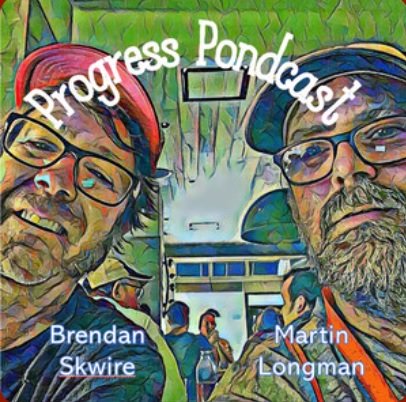Cross posted at DailyKos
There was an excellent diary today a DKos by Jerome a Paris, “Energy – some good news (for once)” on wind power. A lot of comments were on the impact wind towers may have on bird populations. Seeing the level of concern that seems to be out there, I thought some attention should be called to a much more serious issue for birds: the hundreds of millions of killed each year by flying into glass windows. (With some suggestions on what you can do to make your own home windows more bird friendly.)
As to why I think this topic is worth posting on a political blog: I think that energy policy is going to become one of the core political issues of the next few years. As Jerome’s diary discusses, wind power is one of the best alternatives we have to fossil fuels. But as his diary also shows, any discussion of wind power raises a lot of questions about the vulnerabilities of bird populations. Knowing what the most serious treats to bird populations currently are and how they can be addressed is an important part of this discussion. And, as the graph below shows, apart from the overall threat of habitat destruction, by far the largest single cause of bird mortality is window strikes.
The graph above comes from David Allen Sibley’s site, www.sibleyguides.com , which birders will likely recognize as the home site for the wonderful Sibley field guides. The section on conservation has great information and links on each of the causes of mortality listed on the graph. Here are the sections on Window strikes and Wind turbines:
Wind turbines may kill 33,000 birds per year, and, as in the case of electrocutions, these birds tend to be large and scarce (e.g. raptors). The recent surge of interest in wind power has heightened concerns about their effect on birds, and has led to at least the discussion of efforts by the wind power industry to design more benign windmills and to choose locations that are less “birdy”. It’s difficult for an environmentalist to come out against renewable energy like wind turbines, but as long as the electricity generated is considered a “supplement” to satisfy increasing demand, wind power will not really help the fight against global warming. Establishment of wind farms should go hand-in-hand with drastic cuts in electricity use, and there is a real need for more study of the relationship between birds and wind farms.
The numbers above really highlight how currently wind farms have no where near the kind of mortality impact that window collisions do. And yet when the issue of wind turbines is raised one of the first things you hear is about bird deaths, while in a discussion on building yet another glass high-rise no one would likely think of birds. (A quick note on why the number for ‘feral cats’ is so high: this number reflects not just regular cats, but cats that have been introduced into oceanic island environments and gone feral, devestating bird populations that may have no natrual defences against preditors.)
I do want to be extremely clear on one point: Just because wind power doesn’t have the kind of catastrophic fatality numbers that glass impacts do, doesn’t mean that bird populations don’t need to be taken into account when they are built. The newer generation of turbine designs are much more bird friendly and public oversight of the industry is important to ensure that this continues to be the case. There are certain geographical areas that should likely not be considered for wind stations at all for many years to come, and perhaps never. Certain bird groups, such as raptors seem be disproportionably impacted by wind turbine collisions and caution and study are needed in this group.
It needs to be remembered that existing energy technologies may not generate the same sort of public awareness and discussion, but can be quite detrimental to certain bird groups. For example, looking at electrical power, utility transmission and distribution lines cause can be quite deadly for birds with large wingspans, including raptors and waterfowl. In my local community, the hydro company has been trying various measures to reduce the number of collisions between birds and hydro lines, particularly to try to reduce the mortality of Bald Eagles, Golden Eagles, and Trumpeter Swans. A 25 pound fried swan is not a pretty sight.
If you care about the environment and energy self-sufficiency you shouldn’t have to choose between wind power and birds. If you care about birds, do make sure that their well being is being considered in any new energy project. But one of the most important things that can be done right now is raise public awareness of the fact that birds are dying by millions in window collisions. On an individual level, for a great list on tips for helping make your own windows more bird friendly, visit Cornell University’s How to Avoid Window Collisions If you are an archiect, builder or designer and would like to some examples of bird friendly designs, check here. On a community level, so far Chicago is the only major city in the United States with a formal program to reduce bird-building deaths. Hopefully it won’t stay the only one for long.




Thanks for writing this. And for pointing to Jerome’s diary as well, both are very informative. I had no idea those wind things were so huge!
That’s mostly what I get when I talk about wind power as an alternative source of energy… “but they kill birds!”. Sometimes from people who are not at all concerned about birds in the normal course of things, but find it a great excuse to oppose wind power (or solar panels, or any other alternative energy plans). Something like this, especially the chart, makes it easy to refute that and encourage them to put their bird concerns where they belong. However, I’m glad to hear that people are working on a way to make the turbines more bird friendly.
Getting people to build more bird friendly high rises (or to modify the ones that exist) is a whole ‘nother story, though.
Thanks for posting this, I too had heard that wind power was dangerous for birds but the charts really do put it into perspective. If we can change the design enough to make them safe they’re a great idea, now if we can do something about all the feral cats I’ll feel a bit better too. Alley Cat allies and various other groups out my way are active in humane trap/ spay and neuter programs which helps some.